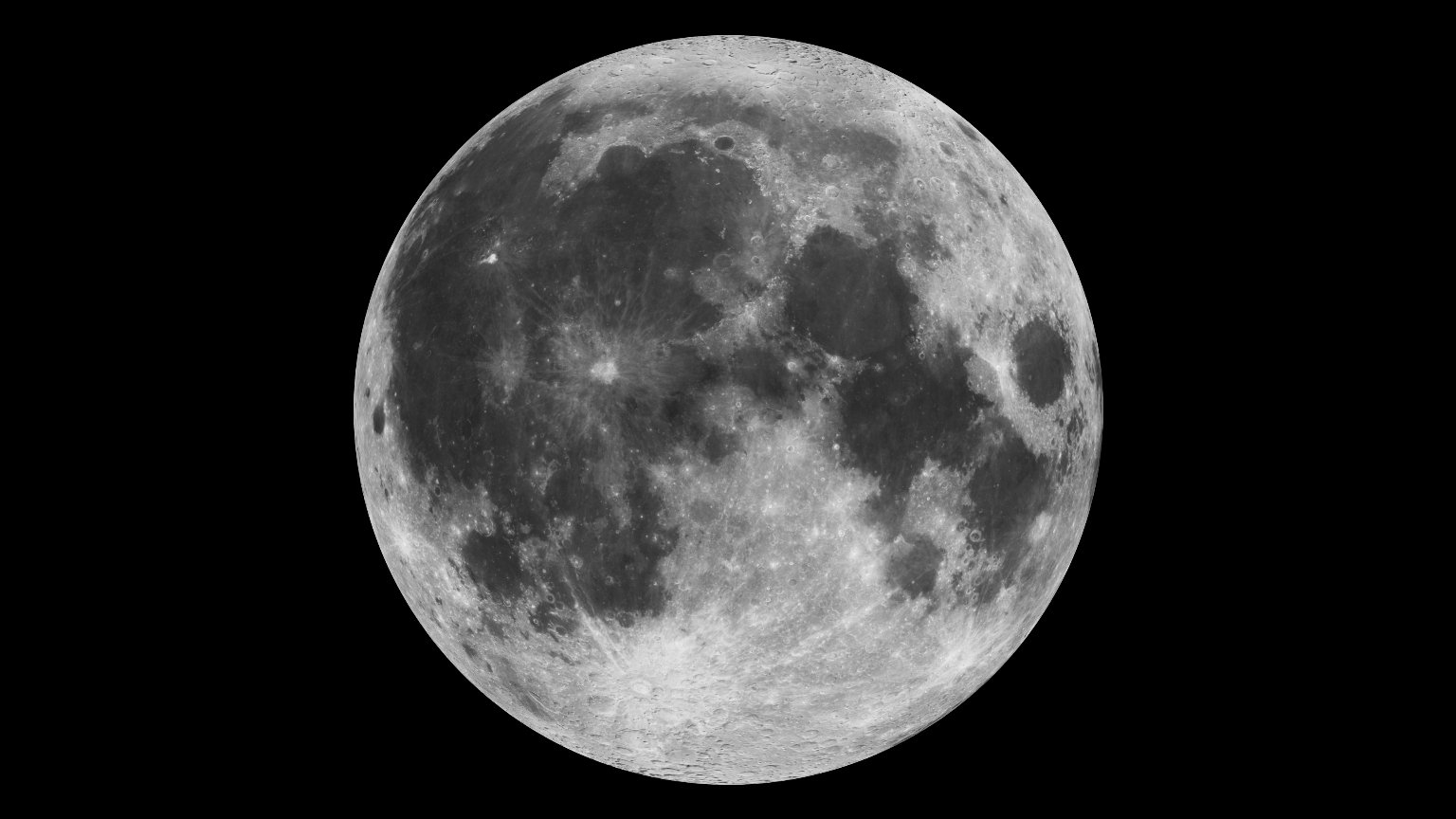
China has achieved a milestone feat, making the first-ever laser ranging measurement from Earth to the moon during the daytime.
Researchers at Yunnan Observatories under the Chinese Academy of Sciences (CAS) used an infrared lunar laser ranging system of a recently upgraded 1.2-meter (3.9 feet) telescope to ping a small laser retroreflector on the Tiandu 1 satellite orbiting the moon.
Laser ranging over lunar distances is challenging, requiring sending a high-power, precise beam over 186,000 miles (300,000 kilometers) to hit a small corner retroreflector, which bounces the laser pulse straight back where it came from. The return signal then needs to be picked up by a telescope using ultra-sensitive detectors. Doing this in the daytime brings the added challenge of massive background "noise" from the sun.
Scientists have used laser ranging tests to measure the time it takes to get a return signal, allowing them to calculate the lunar distance to high degrees of accuracy. A number of the Apollo crewed landing missions deployed laser retroreflectors on the moon for this purpose.
The daytime test is useful in expanding the window for such observations. It could have applications for major deep-space exploration missions, including the China-led International Lunar Research Station (ILRS).
The Tiandu 1 satellite, launched in March 2024, is one of two small Tiandu satellites sent to the moon along with the Queqiao 2 lunar relay satellite, which facilitated communications for the Chang'e 6 lunar farside sample return mission a few months later.
The daytime test with Tiandu 1 followed days after a similar test during the nighttime that pinged a laser off a retroreflector aboard DRO-A, a small satellite in a distant retrograde orbit around the moon. DRO-A is one of two satellites involved in a complex, four-month-long mission rescue following a launch anomaly last year.







